When I visited the highlands of Ecuador, up above the treeline in Antisana Ecological Reserve, there were several great 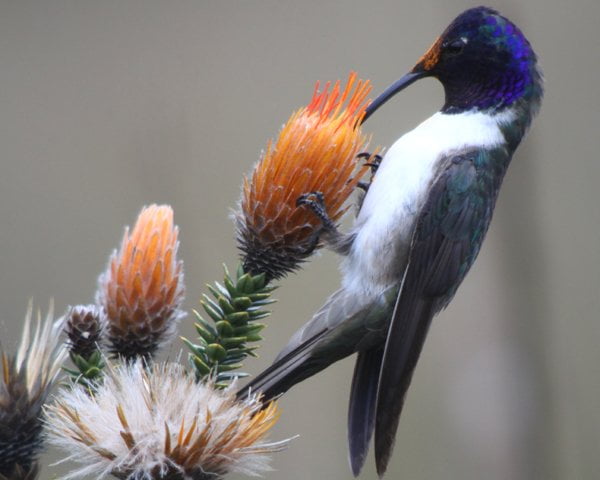 species of birds, any of which would be the highlight for a birder on any normal day. But the Ecuadorian Hillstar was, for me, the best bird of a day filled with best birds. There is something about a hummingbird that lives in the cool temperatures of elevations ranging from 3500 to 5200 meters (11,500 to 17,100 ft)* that simply amazes me. Beyond the adaptations to the typical hummingbird lifestyle that a high elevation hummingbird needs to make (no unnecessary hovering for a bird that has to conserve every bit of energy to stay warm) the Ecuadorian Hillstar is simply a gorgeous bird. How can anyone not gasp at their first view of a violet-purple, iridescent headed jewel with brilliant white underparts and, as if to force all attention to the head, a dull green back and wings? Of course, when one is viewing said bird feeding on its typical food source, an orange-flowered Chuquiragua shrub with two snow-covered volcanoes as a backdrop, well, life doesn’t get better then that!**
species of birds, any of which would be the highlight for a birder on any normal day. But the Ecuadorian Hillstar was, for me, the best bird of a day filled with best birds. There is something about a hummingbird that lives in the cool temperatures of elevations ranging from 3500 to 5200 meters (11,500 to 17,100 ft)* that simply amazes me. Beyond the adaptations to the typical hummingbird lifestyle that a high elevation hummingbird needs to make (no unnecessary hovering for a bird that has to conserve every bit of energy to stay warm) the Ecuadorian Hillstar is simply a gorgeous bird. How can anyone not gasp at their first view of a violet-purple, iridescent headed jewel with brilliant white underparts and, as if to force all attention to the head, a dull green back and wings? Of course, when one is viewing said bird feeding on its typical food source, an orange-flowered Chuquiragua shrub with two snow-covered volcanoes as a backdrop, well, life doesn’t get better then that!**
Chuquiragua shrub, also known as hillstar food
Bird Life International says the Ecuadorian Hillstar is a Species of Least Concern because of its large range, relative abundance, and lack of evidence of any population decline. The range of the Oreotrochilus chimbarazo, which is at times called the Chimbarazo Hillstar after one of the volcanoes on which it can be found, is largely in the central Andes in Ecuador, though some are found in southern Columbia.
Recently, the Ecuadorian Hillstar was featured in a series of disturbing print ads for Land Rover in the United Arab Emirates. We at 10,000 Birds would never allow our images to be used for such disturbing purposes, preferring to share them with like-minded nature-lovers. Enjoy this gallery of both male and female Ecuadorian Hillstars and here’s hoping that some day you manage to get to high elevations in the Andes and see them for yourself!
…
*Wikipedia says that no hummingbird lives at higher altitudes than the Ecuadorian Hillstar.
**All basic information on the Ecuadorian Hillstar in this paragraph is gleaned from Ridgely and Grenfield’s The Birds of Ecuador and from the Bird Life International Species Factsheet.
…
the view that Ecuadorian Hillstars enjoy at Antisana Ecological Reserve
…


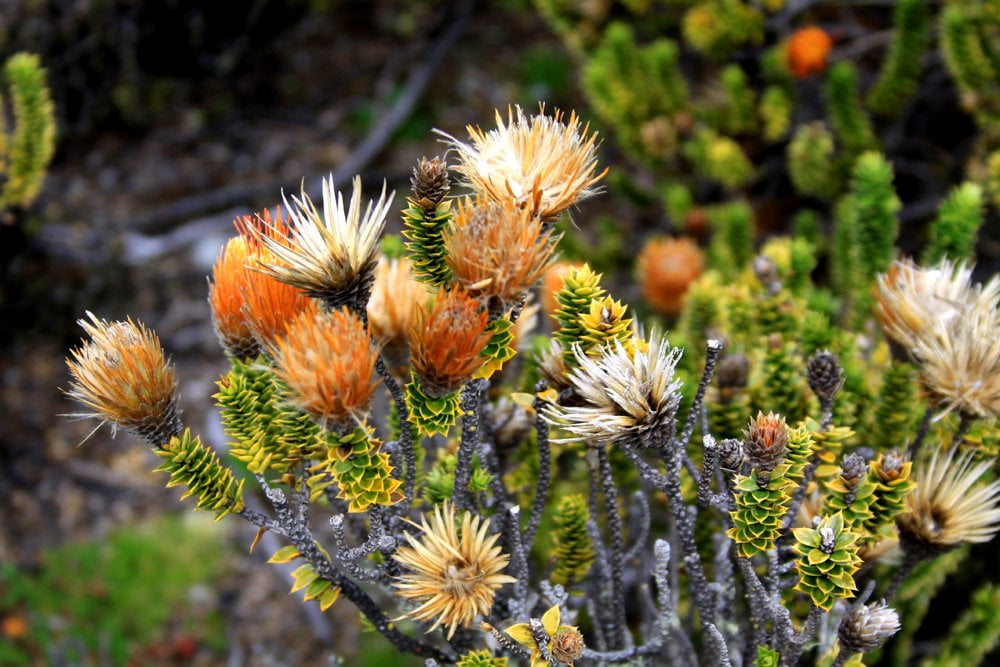
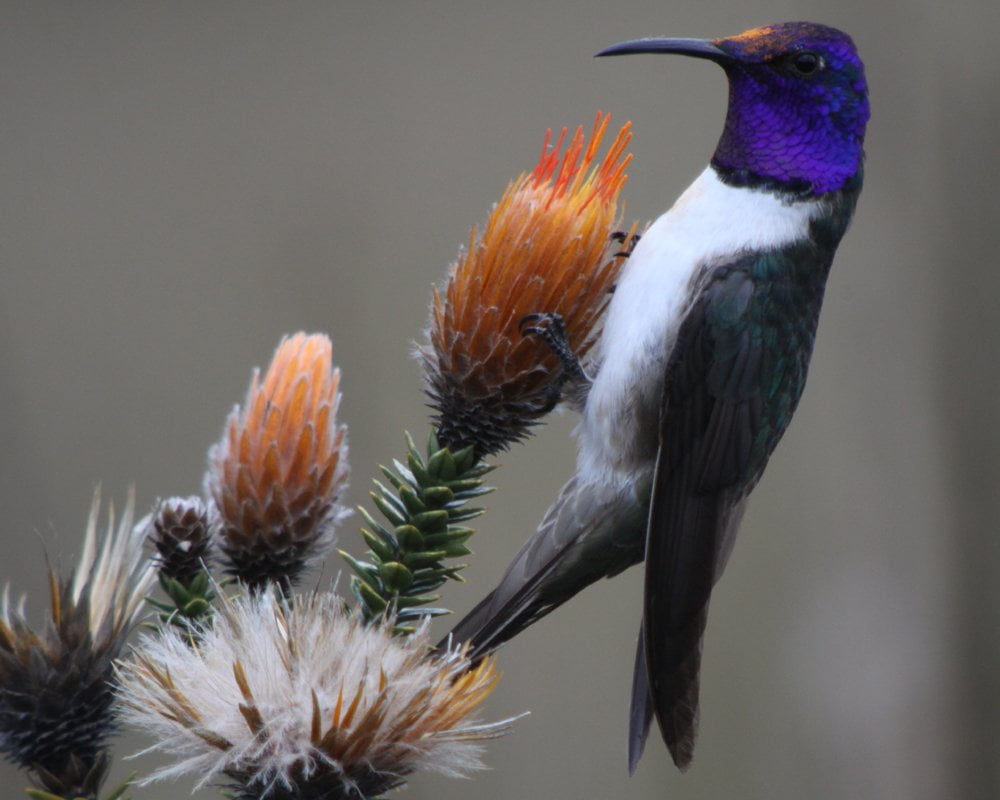
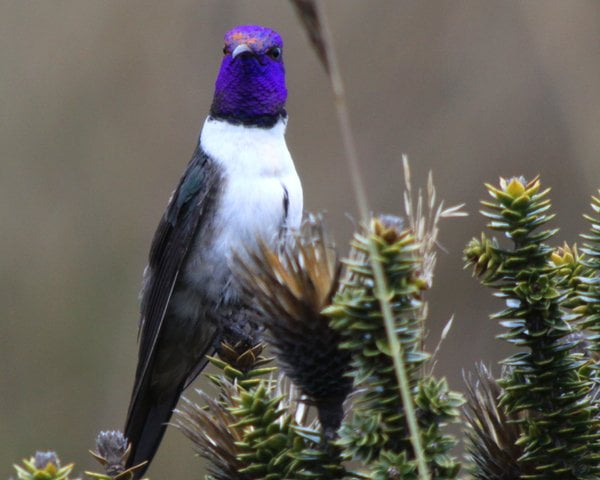
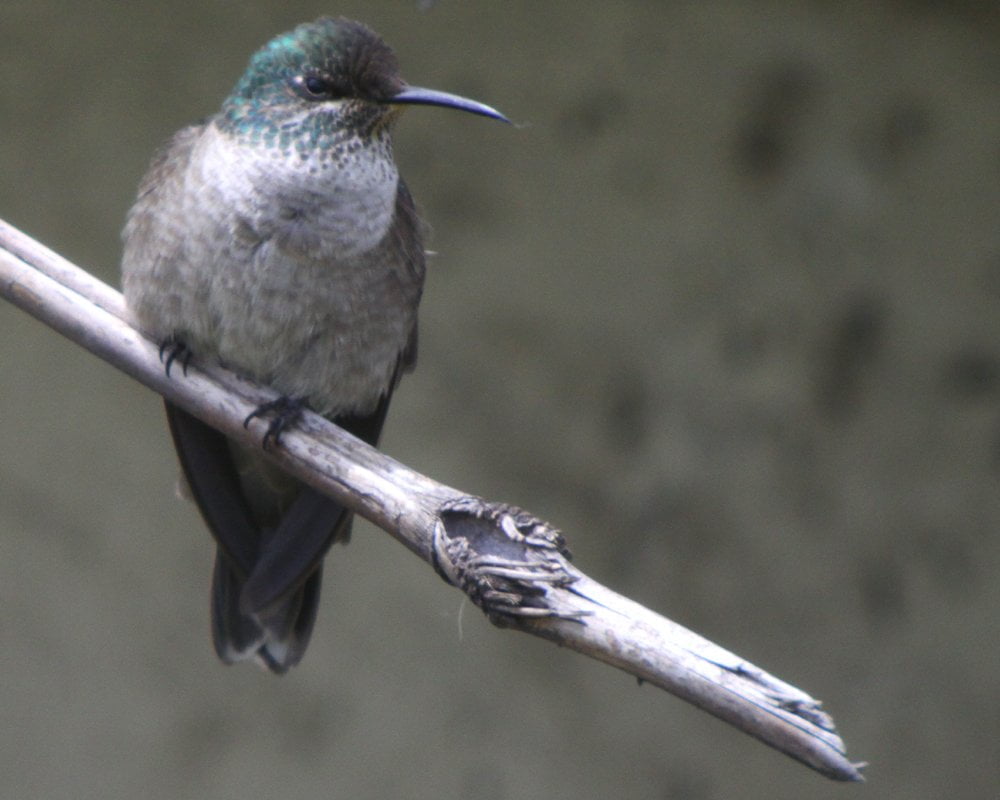
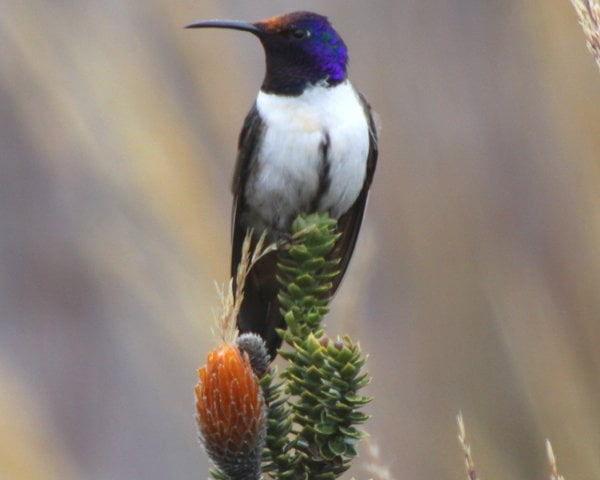
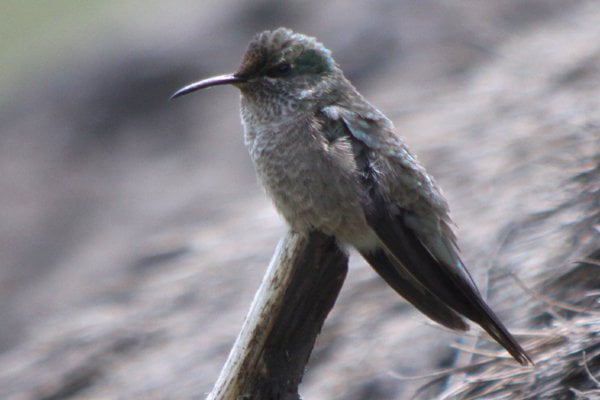
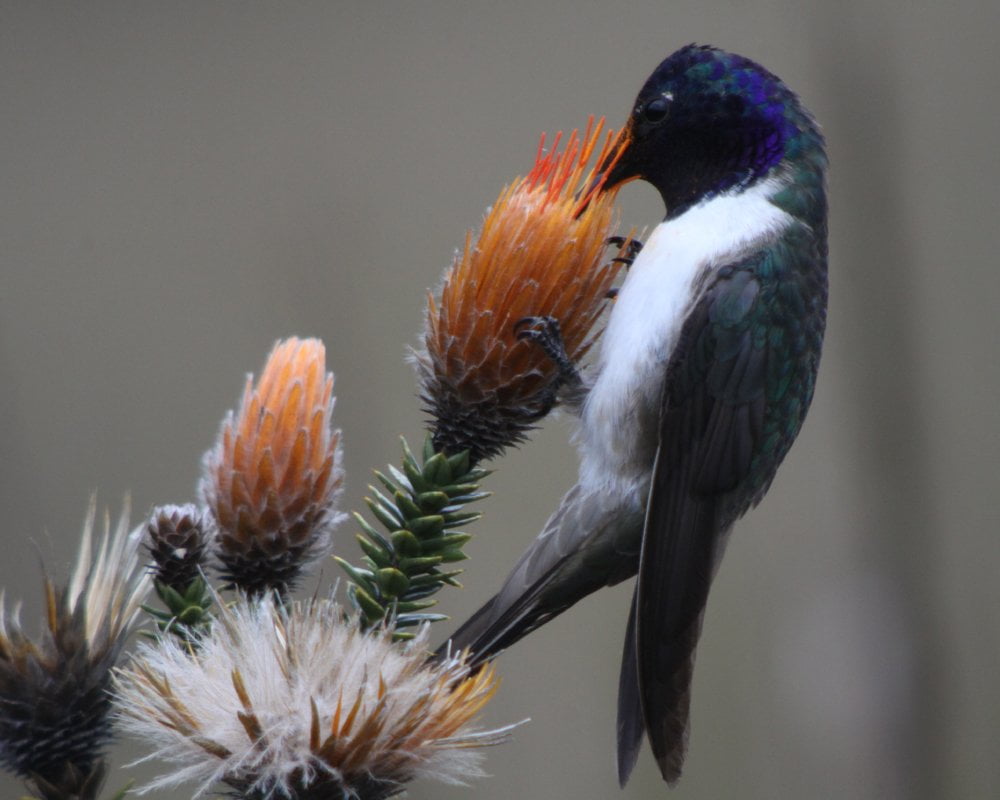
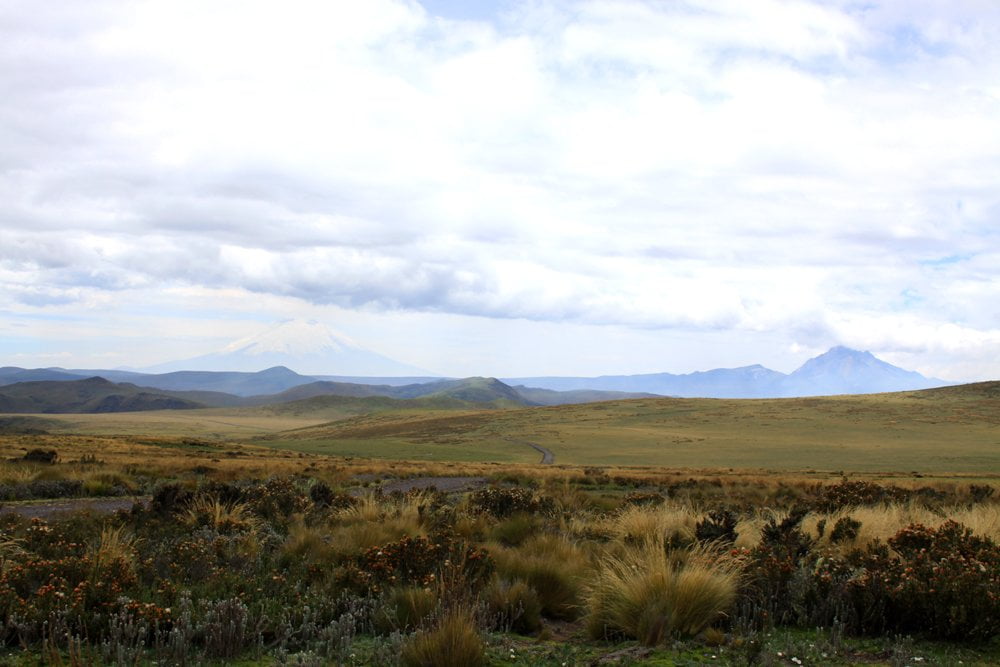











I saw one actually perched briefly on the ridgeline of Humboldt’s house last time I was at Antisana: now if that doesn’t sum up the Andean experience, I don’t know what does!
Beautiful!
Wow Corey! Congratulations, you took some very nice pictures.
Well, I guess if you like colourful birds, you’ll like this one, too. But apart from that…
[This is the only reaction you’ll get from me so long as you kee seeing better birds than I do or I get to see more hummers than Ruby-throated! 😉 ]
WOW! What a beautiful Hummingbird! Your photos are fantastic!
Hello Corey!
Awesome pictures! Could I use some of your photos for a presentation about pollination and high altitude adaptations?
Thank so!
Daniel
Daniel, provided the presentation is non-commercial and educational and credit is given as “Corey Finger, 10,000 Birds.”
It’s absolutely non. commercial, and all credit will be given to you! Thanks a lot!
Daniel